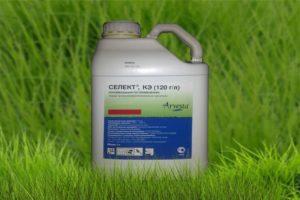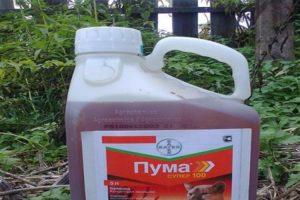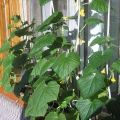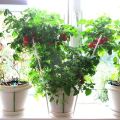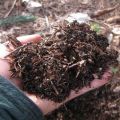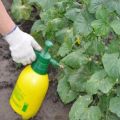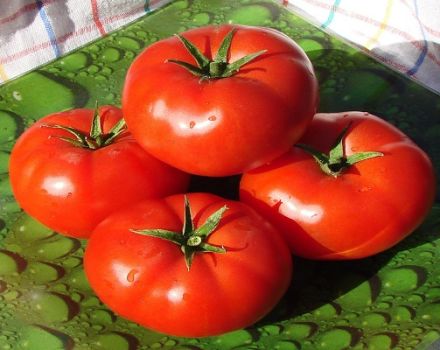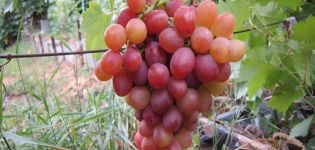List of the best fungicides for indoor plants and instructions for the use of drugs
Indoor plant fungicides include an extensive list of drugs. All purchased products have a protective effect. Fungicidal preparations protect indoor flowers from various types of fungus, treat diseased plants, inhibit the development of dangerous pathogens, and destroy them at the cellular level. Any fungicidal agent is diluted with water before use.
Features of preparations for indoor flowers
Fungicides are used to protect and treat indoor plants from various types of fungi, bacteria, viruses. The drugs have different compositions and affect pathogens in different ways. All fungicidal agents fight against microorganisms, the parasitic activity of which causes spots on the leaves, the formation of holes, decay of some parts of the plant, the appearance of rust, mold, plaque.
There are fungicides that act on only one pathogen, although most fight several fungi at the same time. True, a plant usually has one pathogen.
The sooner the disease is detected, the more chances to save the indoor flower. Fungicidal agents are most effective at the initial stage of infection.
Classification
Fungicidal preparations are divided into groups, depending on the composition and method of exposure to plants. According to the selective action, all means are divided into two types: against powdery mildew or against downy mildew fungi.

Depending on chemical properties
In terms of composition and properties, fungicidal preparations are divided into the following groups:
- Biological. They are used for prophylaxis or at the initial stage of infection. They consist of spores of beneficial fungi that are inhabited on a plant or in the soil. The territory in which one microorganism lives becomes unsuitable for other species.
- Chemical. Preparations consisting of chemical components. Protect and treat indoor flowers from fungal infections. They are used for seed dressing and soil disinfection.
Depending on the action on the pathogen
By the nature of the impact on pathogens, they are divided into the following groups:
- true fungicides - act on biochemical processes inside the fungal cell, lead to the death of the pathogen;
- pseudofungicides - affect the fungus when it enters the plant;
- microbial antagonists - biological products consisting of avirulent strains.
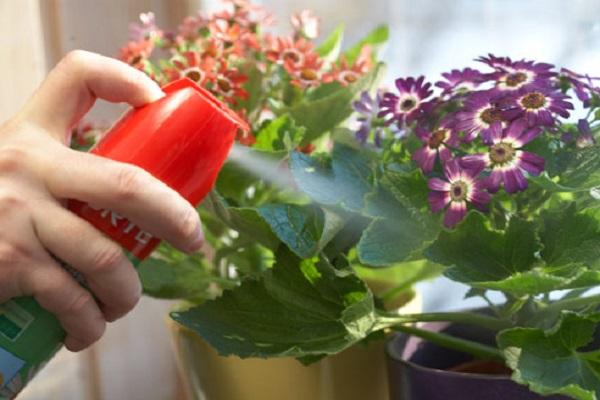
By application
Fungicides can be used in such cases:
- for seed dressing;
- for soil processing;
- for preventive spraying of healthy crops and protection against pathogens;
- to strengthen the immune system, increase plant stress resistance;
- for the treatment of diseased culture and the elimination of microorganisms that caused the disease.
Depending on the nature of distribution within plant tissues
According to the method of action on plants, fungicidal preparations are:
- Systemic. They penetrate into the irrigated crop and spread to all organs. Change biochemical processes in plants. They have a depressing effect on the fungus, wherever it is, and cause its death. They are capable of destroying the pathogen on the surface and inside. For a long time they remain in the tissues and organs of the plant, showing a healing and protective function.
- Contact. They differ in local action. They do not penetrate, affect the fungi on the surface. The protective and therapeutic effect occurs as long as the drug remains on the external organs of the flower. It is not used for treatment, but to suppress pathogens. Usually, when using contact fungicidal agents, 3-5 treatments of plants are carried out, observing an interval of 10-15 days.
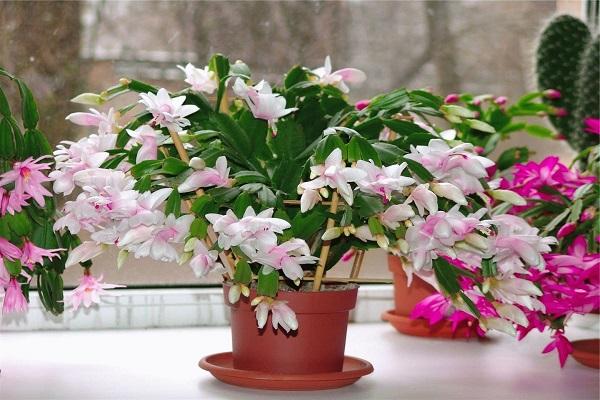
The principle of action of drugs
Mechanisms of action of fungicidal agents:
- disrupt respiratory processes in fungi;
- suppress the division of fungal cells;
- form metabolic products in plants that are fungal inhibitors;
- form barriers to pathogen penetration;
- inhibit toxins of fungi necessary for their development;
- block the formation of ergosterol in fungal cells;
- suppress the formation of nucleic acids;
- inhibit energy exchange;
- penetrate into plants (biological) and release toxins that kill fungi.
Any fungicidal agent inhibits the development of fungi, prevents the growth of mycelium and the formation of spores.
Treating drugs will destroy the microorganisms that caused the disease of indoor flowers.
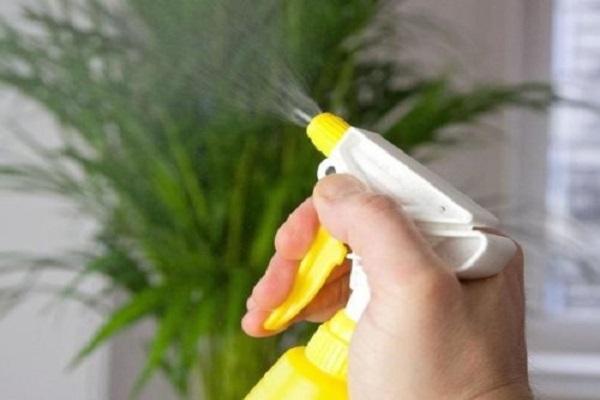
General rules of application
Fungicidal preparations are sold in the form of a powder, suspension, or emulsion. Before use, the substance in the package is dissolved in water. The amount of liquid and the rules for preparing the solution are usually indicated in the instructions.
Indoor flowers are irrigated with a liquid mixture of a certain concentration using a spray bottle. A little fungicidal solution is poured under the root. For prevention purposes, one treatment is enough. The diseased plant is sprayed several times. An interval of 10-15 days is observed between treatments.
List of effective houseplant remedies
To protect and treat indoor flowers, they buy one drug. The choice of a fungicide is based on signs of damage and the appropriateness of using a particular fungicide.
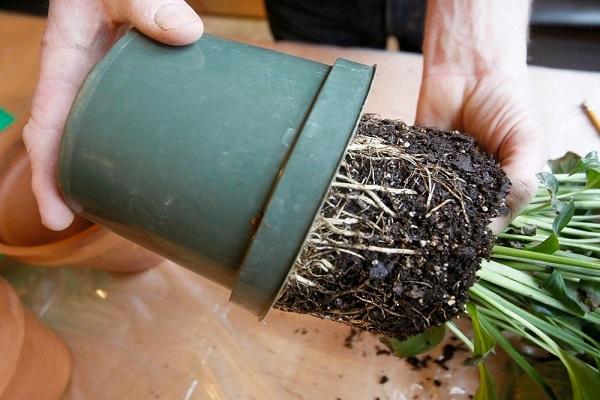
Trichodermin
Biofungicide, consisting of spores and mycelium of the fungus. Protects against powdery mildew, scab, late blight, fusarium, rot. Used for prevention purposes.
Gamair
A biological product consisting of living fungal cells. Protects against moniliosis, scab, late blight, black leg, spot, rot. It is used for prevention and when early signs of fungal infection appear.
Bordeaux liquid
A chemical agent consisting of copper sulfate and lime. Used for protective and therapeutic purposes. Effective against powdery mildew, spot, rot, moniliosis, coccomycosis.
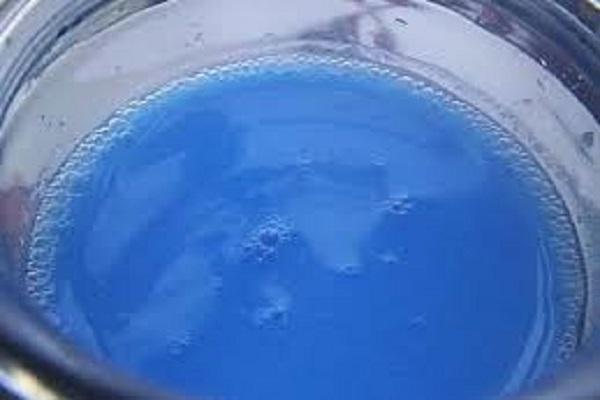
Tsineb
A chemical agent of healing and therapeutic contact-systemic action.Eliminates scab, mildew, late blight, septoria, anthractosis. Does not affect powdery mildew.
Alirin
Biofungicide based on live bacteria. Protects against powdery mildew, root rot, black leg, late blight, Alternaria. It is used for irrigation and watering of indoor plants at the root.
Agate
A biological product based on soil bacteria, used to protect indoor flowers from diseases, increases seed germination, enhances the development of the root system. It is used as a protective agent and as a light fertilizer.
Green soap
Biological product based on potassium salts, vegetable oils and fatty acids. Has an alkaline reaction.
It is used as a component in the preparation of fungicidal solutions.
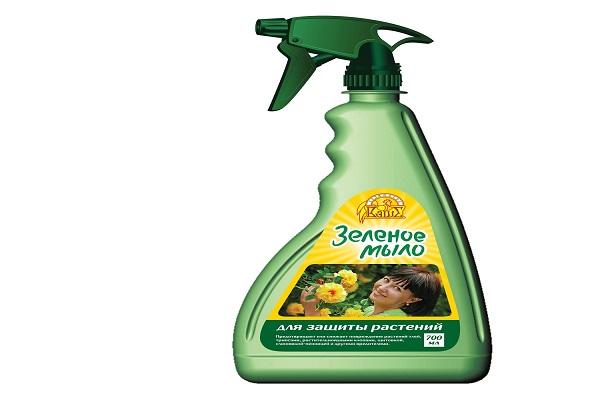
Abiga
Contact fungicide based on copper oxychloride. It is used for peronosporosis, anthracnose, late blight, spot, septoria, mildew.
Fitosporin
Biofungicide based on bacteria. It is used to protect indoor flowers from powdery mildew, spots, bacteriosis, scab, rust, rot.
Albite
A biological product that stimulates the natural protective reactions of indoor flowers. It is used as a fungicidal and immunomodulatory agent. Protects against powdery mildew, stains, rust.
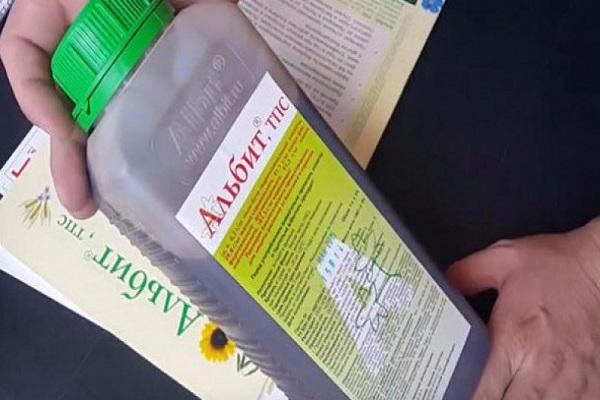
Potassium permanganate
A chemical preparation consisting of potassium salts. Has an alkaline reaction. It is used for seed treatment, soil disinfection, powdery mildew treatment.
Which drug is better to choose
All fungicidal agents, to a greater or lesser extent, affect the growth and development of pathogens. For prevention purposes, it is better to use biological products. They will populate plants and soil with useful fungi, prevent dangerous species from developing.
A sick indoor flower will have to be treated with systemic or contact chemicals. Any selected fungicide is dissolved in water according to the instructions on the package, after which the plants are irrigated with a spray bottle.
